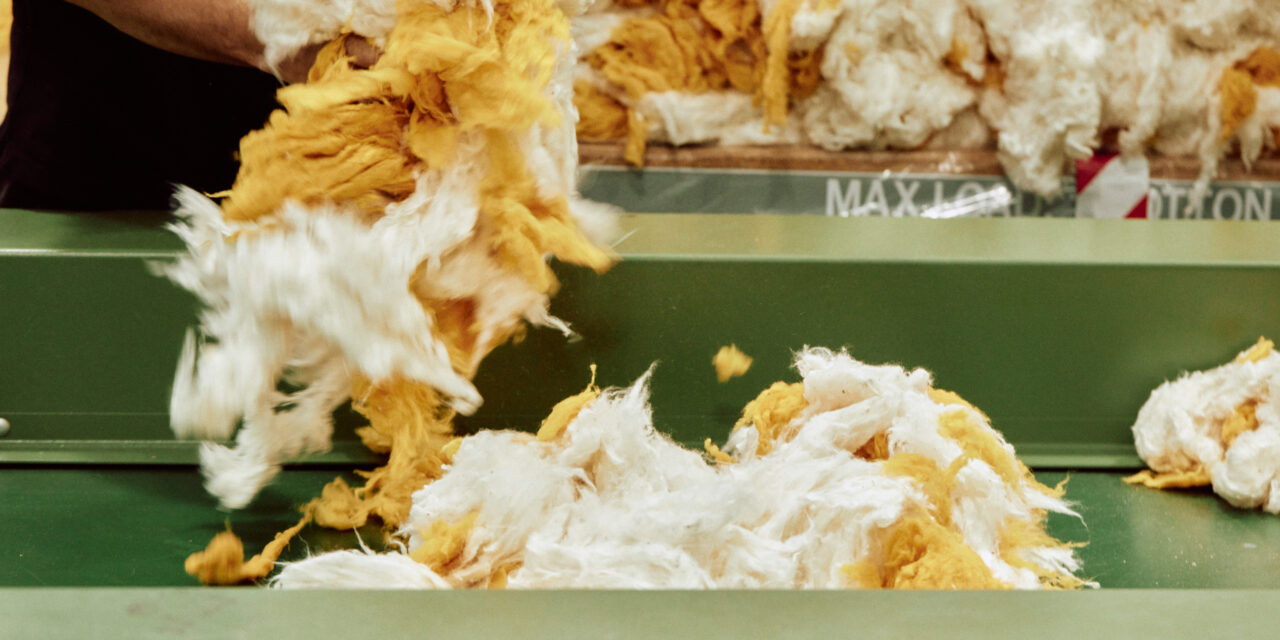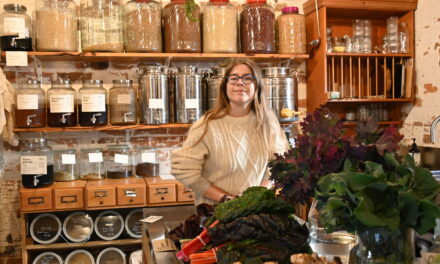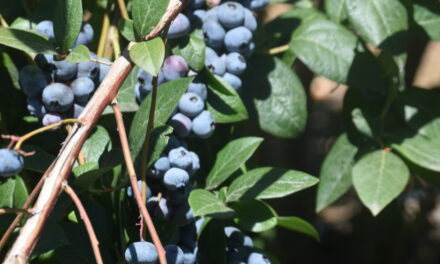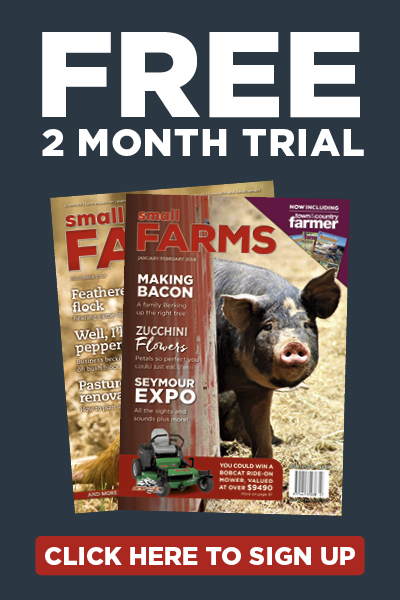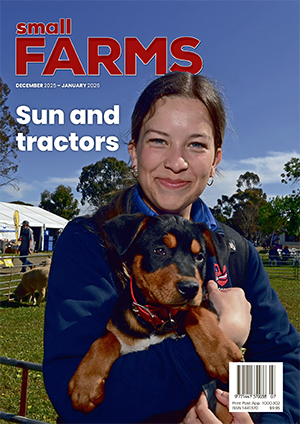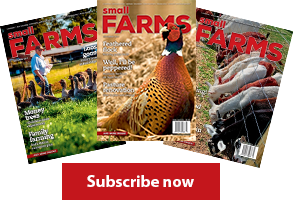The Mud to Marle project blended the South Australian locks with Queensland cotton.
The unique mix, which creates a stretch fabric without the need for synthetic fibres, has been used in prototypes for women’s suits, T-shirts, jumpers, pants and skirts.
The method has several sustainability benefits, including the need to dye only the wool threads to create a marle effect. Dyeing the wool rather than the cotton saves on water and energy as the fleece more readily takes on colour.
The natural fibres are also environmentally friendly, with no synthetics used.
“And if they’re uncoloured, or coloured with the right dyestuffs, they would be able to be broken back down into soil at the end of their lifetime,” Chris said.
Mud to Marle has also demonstrated that low-impact, end-to-end textile manufacturing is possible in Australia.
The yarn spinning, usually done offshore, was completed at Deakin University before it was woven in Geelong and knitted and dyed in Melbourne. The sample clothing, in warm shades of lilac and mango, was made in Sydney and Melbourne.
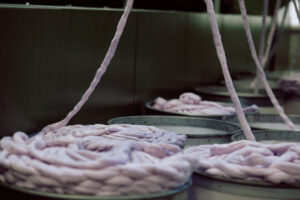
The natural fibres are environmentally friendly.
The Mud to Marle project blended the South Australian locks with Queensland cotton.
The unique mix, which creates a stretch fabric without the need for synthetic fibres, has been used in prototypes for women’s suits, T-shirts, jumpers, pants and skirts.
The method has several sustainability benefits, including the need to dye only the wool threads to create a marle effect. Dyeing the wool rather than the cotton saves on water and energy as the fleece more readily takes on colour.
The natural fibres are also environmentally friendly, with no synthetics used.
“And if they’re uncoloured, or coloured with the right dyestuffs, they would be able to be broken back down into soil at the end of their lifetime,” Chris said.
Mud to Marle has also demonstrated that low-impact, end-to-end textile manufacturing is possible in Australia.
The yarn spinning, usually done offshore, was completed at Deakin University before it was woven in Geelong and knitted and dyed in Melbourne. The sample clothing, in warm shades of lilac and mango, was made in Sydney and Melbourne.
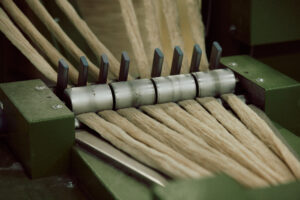
The yarn was woven in Geelong and knitted and dyed in Melbourne.

